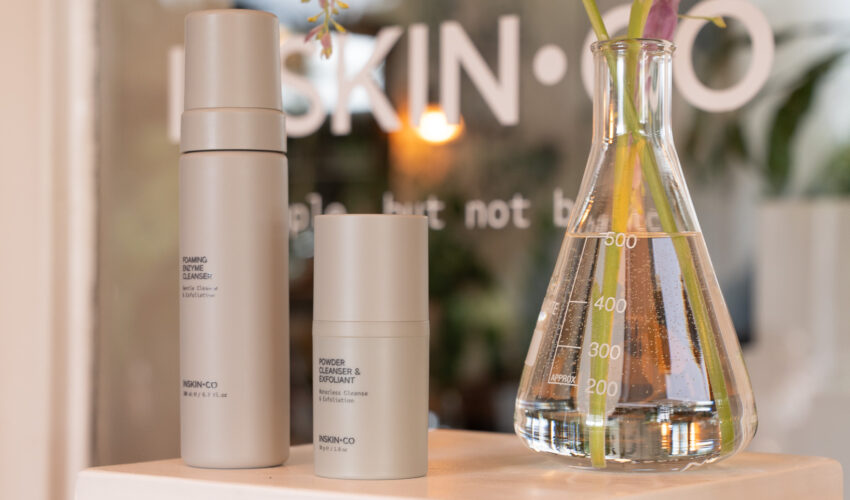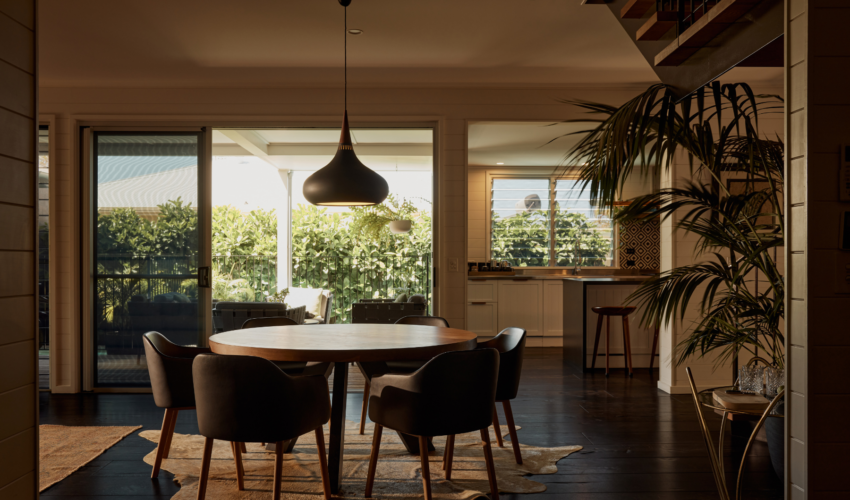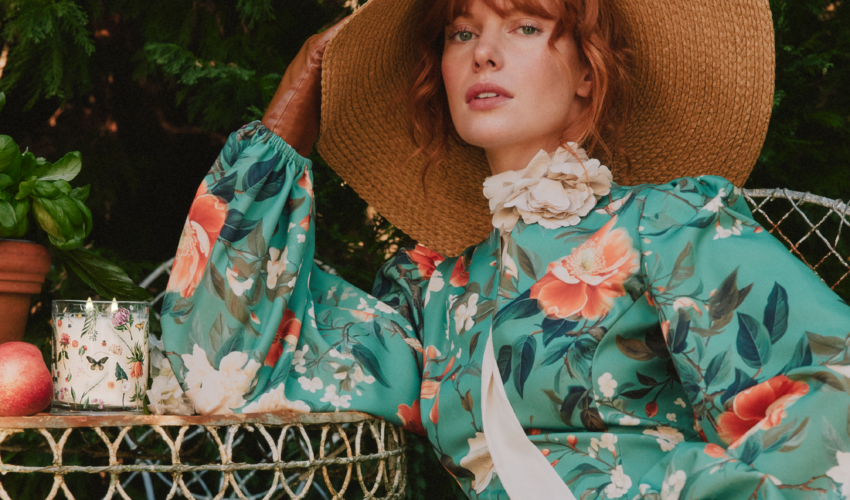Style
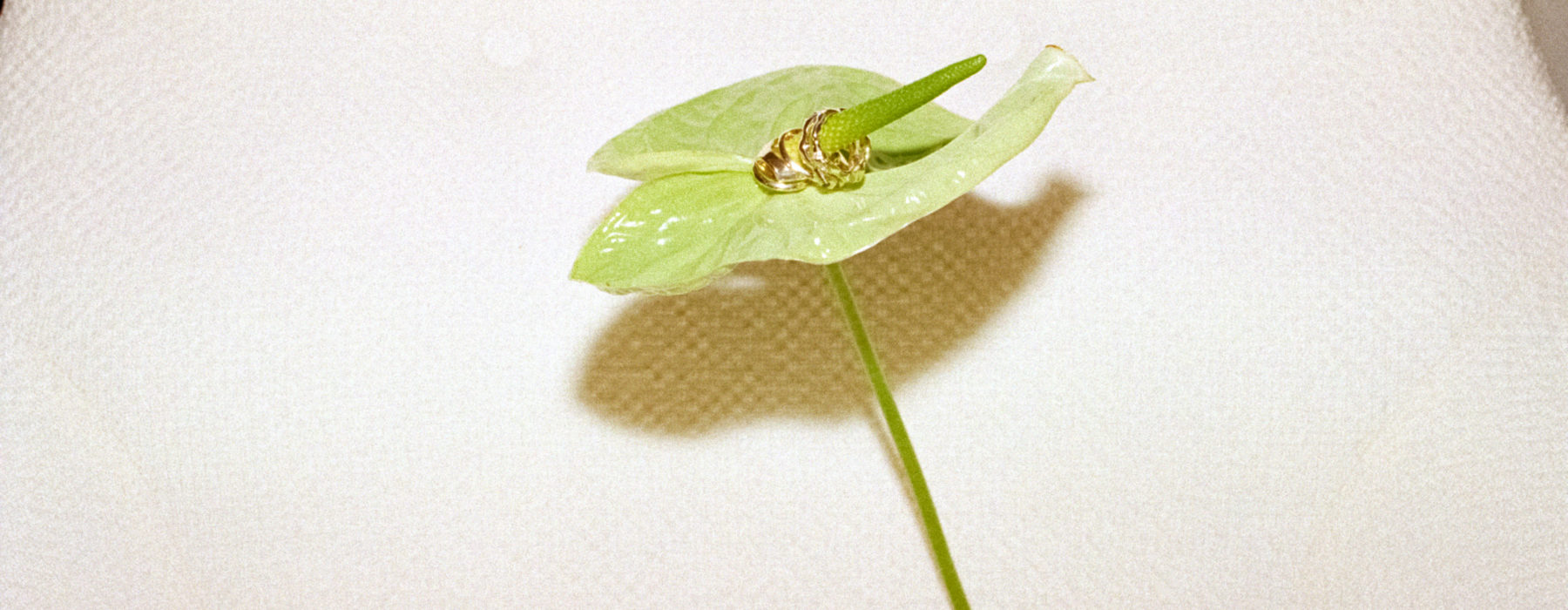
How To De-Code Your Indoor Plants Needs
Are your plants trying to tell you they're drowning?
I don’t know about you, but our household has turned into an amateur greenhouse. Since 2020 happened, it’s been our mission to learn how to propagate plants – thanks TikTok! All the while trying to determine why after all our efforts their leaves still wilt, brown and wrinkle.
Do you wish you could talk to your plants? Ask them how their day went? Ask if they’d fancy a glass of water? I know I do.
Lucky for us, we can finally understand what they’re trying to tell us. We desperately needed answers so we spoke with Melissa King, Horticulturalist and Northcote Pottery Ambassador, for her expert advice on how to decode what our plants are really trying to tell us.
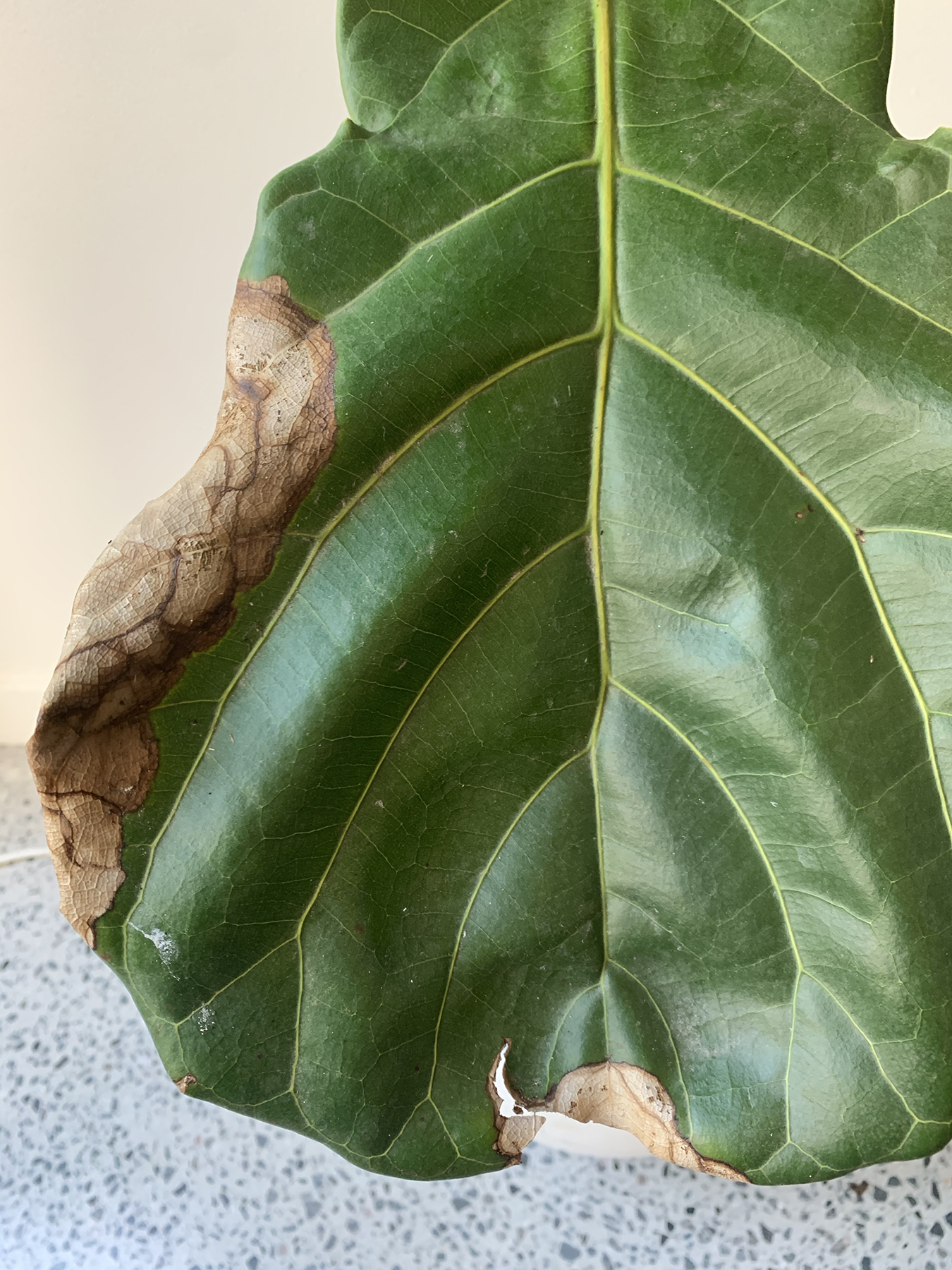
Why Are Your Plant Leaves Brown?
Of course, there isn’t just one quick fix, rather there are a number of reasons why your plant leaves are brown.
Melissa lists why this may be the case:
- Firstly, the plant could be getting too much or too little water, so stick your finger into the soil down to your second knuckle to check if it is bone dry or soaking wet.
- Make sure that your indoor plant isn’t in scorching direct sun.
- Humidity-loving house plants can also develop brown leaf edges if the air is too dry. Regularly misting their foliage with water can help.
- Be aware that brown leaf tips or edges could also be a sign of over-fertilising.
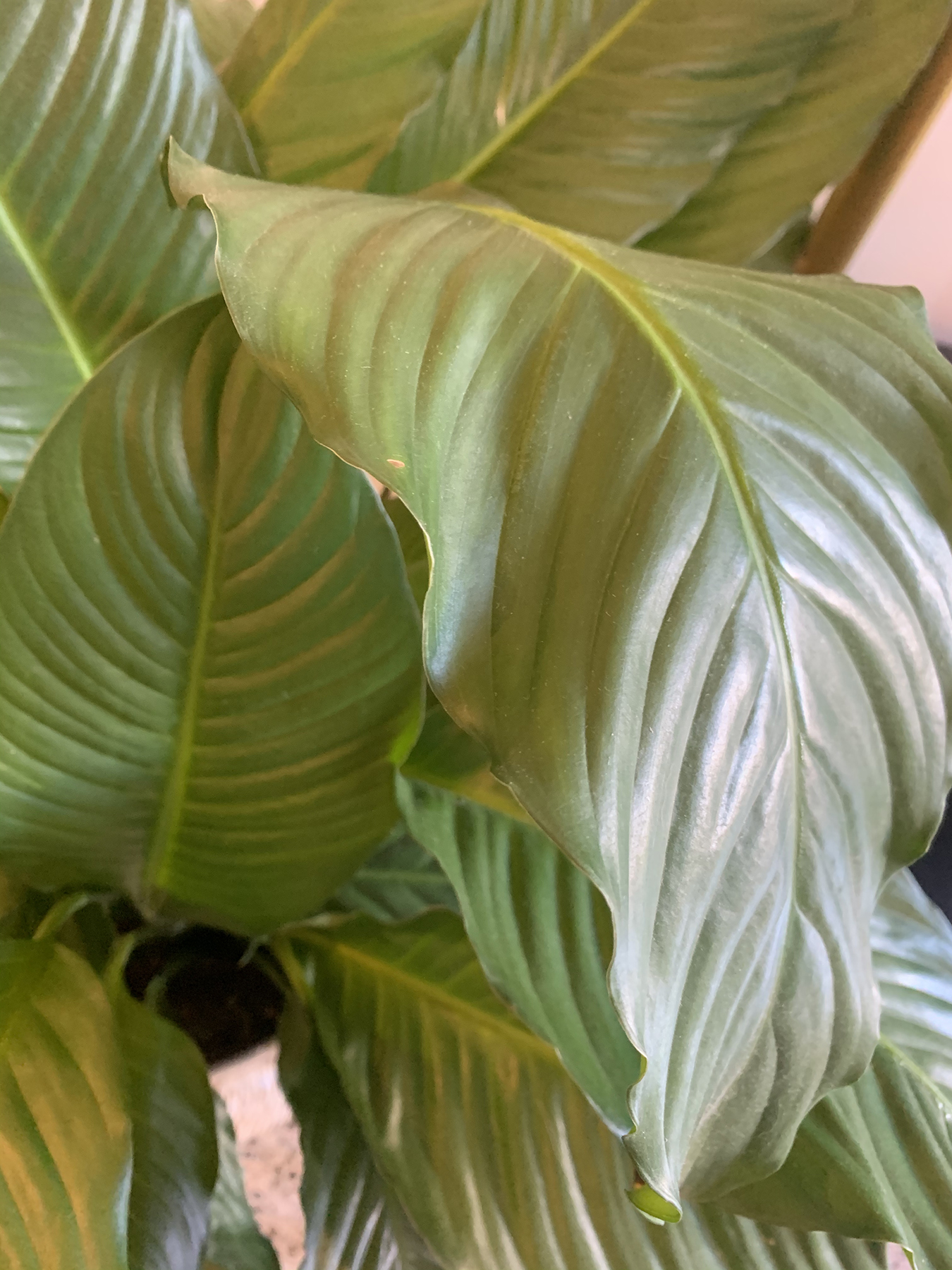
Why Are Your Plant Leaves Wrinkled?
Remember the first day you brought your baby home? She was taught and snatched in all the right areas. But now you find her leaves wrinkled or shrivelled, why?
Melissa informs us that if the “Leaves become wrinkled or shrivelled it could be a sign that the plant tissue is not getting enough water.”
She needs water! Stat.
Melissa continues to explain that “Some plants like Miltonia Orchids can display pleated leaves or foliage that is puckered around the edges if they are dehydrated.”
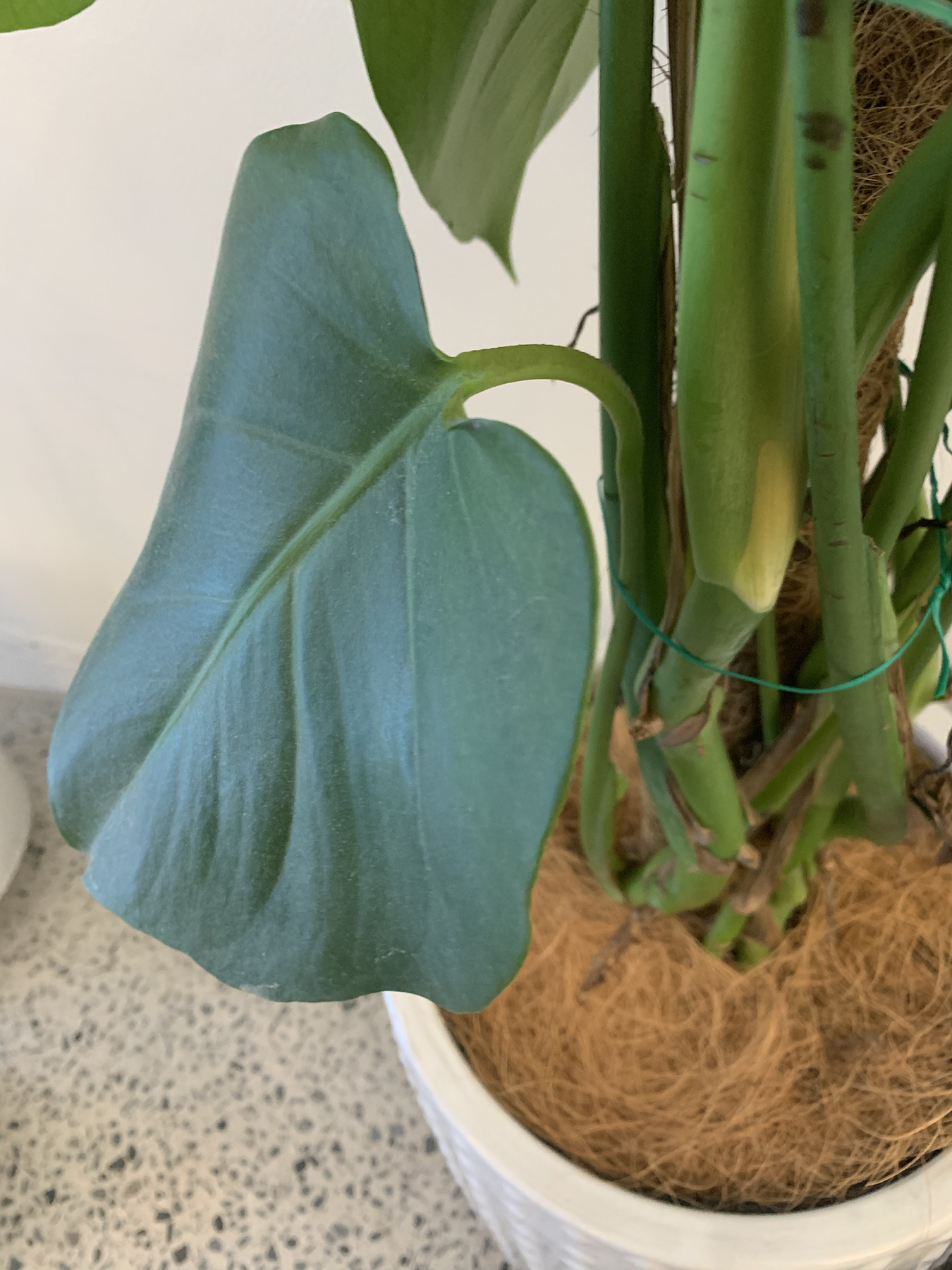
Why Are Your Plant Stems Soft?
Melissa asks us to pay special attention by “Checking to make sure that the plant is not sitting in a pool of water and that the potting mix hasn’t become hydrophobic (water-repelling)… It’s best to let most indoor plants dry out between watering and make sure that excess water is not accumulating in the cover pot.”
Why the stems are soft and wilted, here’s why:
- Too much or too little water.
- The stems and roots of plants can begin to go soft if a plant is drowning and waterlogged.
- It is exacerbated by waterlogged soil, so avoid overwatering and ensure the plant has good drainage.
- If despite your best efforts the plant is still wilting it could be a sign that something more serious is going on in the soil, like root rot or Fungus Gnats.
Do we need to bring our indoor plants outdoors to get sunlight?
Short answer, no.
The only time Melissa brings her indoor plants outside, “Is to give them a brief wash with the hose to remove any accumulated dust on the leaves.”
Our indoor plants grow well in areas with filtered light, they’re tailored for growing indoors. If they’re happy in their little spot, let them live there! “In fact, you can give indoor plants quite a shock by exposing them to extreme heat or cold outdoors when they are used to the good life inside,” says Melissa.
EXPERT TIP: If your house plants are getting leggy or lanky and showing signs that they need more light, try moving them to a brighter spot indoors or choosing tougher indoor plants that will thrive in low light conditions.
How can we tell if our indoor plants have pests?
Depending on the type of pest or disease our plants will show different signs. Generally speaking, “If a plant is showing signs of poor or stunted growth then it’s worth taking a closer look,” explains Melissa.
Signs to look out for:
- Black, brown or yellow leaf spots could be a sign of fungal or bacterial disease.
- If the leaves look like they’ve been coated with flour then the plant is likely to be suffering from Powdery Mildew.
- If you notice tiny mosquito looking flies hanging around your indoor plant then you might have a problem with Fungus Gnats. The flying adult isn’t a problem, but the fungus gnats lay their eggs in the soil and the little larvae chew away on the roots of your plants!
Overwater vs Underwatering
Have you neglected your urban jungle of late? Or maybe you’ve been loving them so much that they are now drowning it? Here are some of the signs you need to look out for if you’re overwatering or underwatering.
Signs Of Overwatering
- Wilting can be an early sign of overwatering.
- If plants get too waterlogged stems and roots can go soft, brown and eventually die.
- You may even find that the potting mix starts to smell funky.
“If your indoor plants are looking a bit sad, don’t automatically reach for the watering can. Do the finger test first.”
Signs Of Underwatering
“Just to confuse you, wilting foliage can also be an early sign of underwatering.”
- You might also spot brown leaf edges and yellowing leaves.
- You’ll know that your plant is parched if you poke your finger into the soil and its bone dry to touch.
- The pot could also feel lighter to pick up and the potting mix may shrivel up and pull away from the inside of the pot. If the potting mix is difficult to re-wet then you might want to apply a wetting agent.
The Finger Test
- Poke your finger into the soil – if its dry down to your second knuckle, then give your plant a drink.
- If it’s soggy and wet, back off the watering, and check to make sure that your plants are not sitting in a pool of water.
MELISSA’s tips and tricks to keep our babies luscious and green
- Always check the soil first to see if it is dry before ‘lavishing’ them with water!
- Position plants around your home according to their light requirements. Some plants like Zanzibar Gem thrive in low light, others need brighter conditions to flourish.
- Keep your plants away from heaters and blasts of cold and warm air.
- Use a moist cloth to regularly wipe down your house plants to prevent an accumulation of dust on the leaves.
- You could even pop them in the shower every month or so to remove any build-up and make them look shiny and healthy or wash them down with the hose.
- Give tired looking house plants a new lease on life by repotting them.
- Remove any old brown leaves, get rid of the old potting mix and trim off dead or damaged roots. Then re-pot them (into a larger pot if need be) using a good quality potting mix.
- If you catch signs of pest and disease early they are easier to treat, so keep a close eye on your little plant babies for signs that they are stressed.
- Keep your house plants looking good with fortnightly doses of Seaweed based plant tonic. It helps to reduce stress and keep them looking green and healthy throughout the year.
- And don’t forget to feed your indoor beauties through the growing season with complete plant food that provides them with all the nutrients they need to flourish.
Read More Style
Read More From En Route

Just In! Be In The Know Fridays
Culture
06/25

Best In Town: Top 8 Things To Do In July
Culture
06/25

Icy Weather, Fire Looks: Our Essentials For Your Next Winter Night Out
Beauty , Body , Face , Hair , Shopping Guide
06/25
come En-Route with us
Sign-up for our newsletter.
By clicking "submit", you agree to receive emails from En-Route and accept our privacy and cookie policy.

